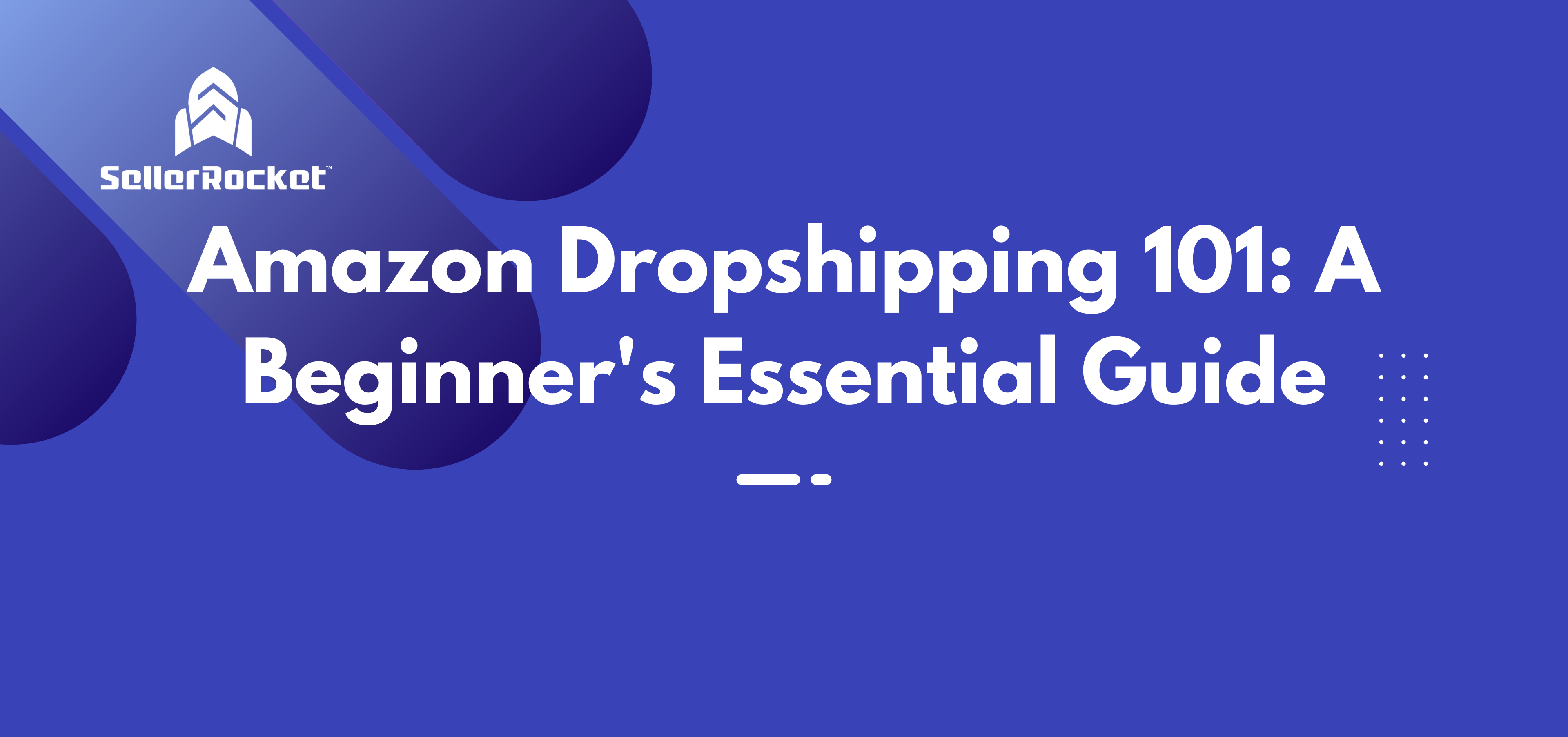
Many people dream of escaping the traditional 9-to-5 grind, envisioning a life with more freedom, flexibility, and financial independence. For thousands of entrepreneurs, Amazon dropshipping has become the gateway to turning that dream into reality. Whether as a side hustle, a full-time business, or even a multi-million-dollar operation, this business model has attracted countless sellers eager to tap into the vast marketplace of Amazon.
With millions of active sellers and tens of thousands of products sold every minute, Amazon presents a golden opportunity for those willing to learn the ropes. Dropshipping, in particular, is an appealing choice because it eliminates the need for managing inventory, allowing sellers to focus on marketing and customer service while third-party suppliers handle storage and fulfillment. However, while this method reduces logistical burdens, it comes with its own set of challenges. Understanding the basics and developing a strategic approach is essential for success.
Contents
Dropshipping is an eCommerce model that allows sellers to list and sell products without ever handling inventory. Instead of stocking goods, sellers partner with suppliers who manage storage, packaging, and shipping. When a customer places an order, the seller transfers the order details to the supplier, who then ships the product directly to the buyer.
This approach means sellers can focus on curating a product selection and optimizing their listings rather than dealing with warehouse space, bulk purchases, or shipping logistics. The tradeoff, however, is reduced control over fulfillment, potential shipping delays, and tighter profit margins.
Launching a dropshipping business on Amazon is relatively straightforward, but it’s crucial to adhere to Amazon’s policies to avoid potential account restrictions. Amazon requires sellers to be the official merchant of record, ensuring that all invoices, packing slips, and other purchase-related materials reflect the seller’s identity rather than the supplier’s. Additionally, sellers must take full responsibility for customer service, returns, and refunds.
Compliance with these guidelines helps maintain a positive reputation on the platform, avoiding potential penalties or suspensions. It’s also essential to understand Amazon’s fee structure, as referral fees and other costs can significantly impact profit margins.
Success in dropshipping isn’t just about finding a supplier and listing products. Careful planning and strategic execution can make all the difference. Product research is crucial—selecting items with consistent demand and reasonable competition increases the chances of profitability. Analyzing competitors can help identify gaps in the market, unique selling points, and pricing strategies that give an edge over similar listings.
Presentation matters as well. A well-branded storefront, professional product images, and compelling descriptions can significantly influence conversion rates. Investing in high-quality visuals and clear, persuasive copy makes a product more appealing, helping it stand out in a crowded marketplace.
Another key consideration is shipping logistics. Since most dropshipping suppliers are based overseas, shipping times can vary widely. Opting for lightweight products and prioritizing suppliers that offer efficient shipping solutions can help maintain customer satisfaction and minimize complaints about long delivery times.
Finally, flexibility is a must. Trends shift, competition fluctuates, and consumer preferences evolve. Successful dropshippers continuously analyze their sales performance and adjust their strategies accordingly. Being willing to pivot—whether by testing new products, switching suppliers, or refining marketing tactics—can make the difference between a thriving business and a struggling one.
Dropshipping offers several compelling benefits, especially for new sellers looking for a low-risk entry into eCommerce. One of the biggest advantages is the ability to start without significant upfront investment. Since there’s no need to purchase bulk inventory, sellers can test multiple products without financial risk. The model also removes the burden of managing a warehouse, allowing sellers to focus on business growth instead of logistics.
However, dropshipping isn’t without its downsides. One major drawback is the lack of control over fulfillment. Because third-party suppliers handle order processing and shipping, mistakes—such as incorrect orders, delays, or damaged products—can negatively impact customer satisfaction. Even though sellers don’t physically manage inventory, they remain responsible for handling customer complaints and resolving any issues that arise.
Additionally, profit margins in dropshipping tend to be lower than in other fulfillment models. Since sellers purchase products individually rather than in bulk, unit costs are higher. Competing on price can be challenging, making it essential to differentiate through branding, exceptional customer service, or value-added offerings.
While dropshipping isn’t a get-rich-quick scheme, it provides a viable opportunity for those willing to navigate the challenges and continuously refine their approach. It’s particularly appealing for individuals looking to start an online business with minimal financial risk, as well as those who prefer a model that doesn’t require managing physical inventory.
That said, patience, adaptability, and a willingness to learn are crucial. Success in dropshipping comes from constant optimization—testing products, improving listings, and building strong supplier relationships. It’s a competitive space, but with the right mindset and strategic execution, Amazon dropshipping can be a powerful tool for building a sustainable online business.
© 2025 SellerRocket TM . All Rights Reserved.
Get our latest updates directly to your inbox.
Only the best in eCommerce and affiliate news, tips and tricks.
